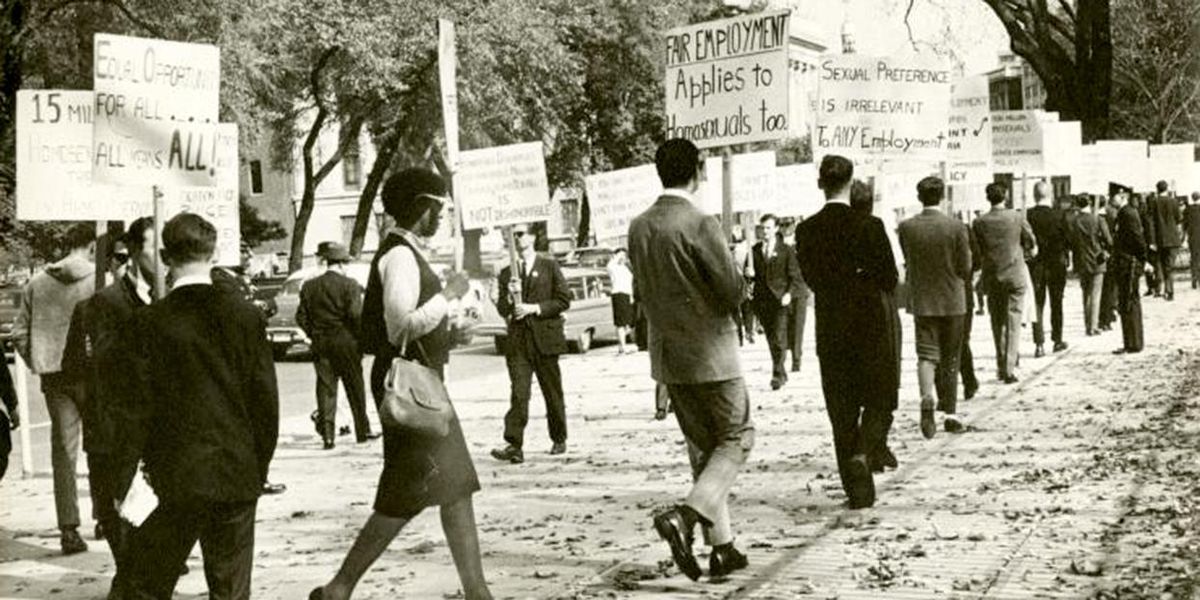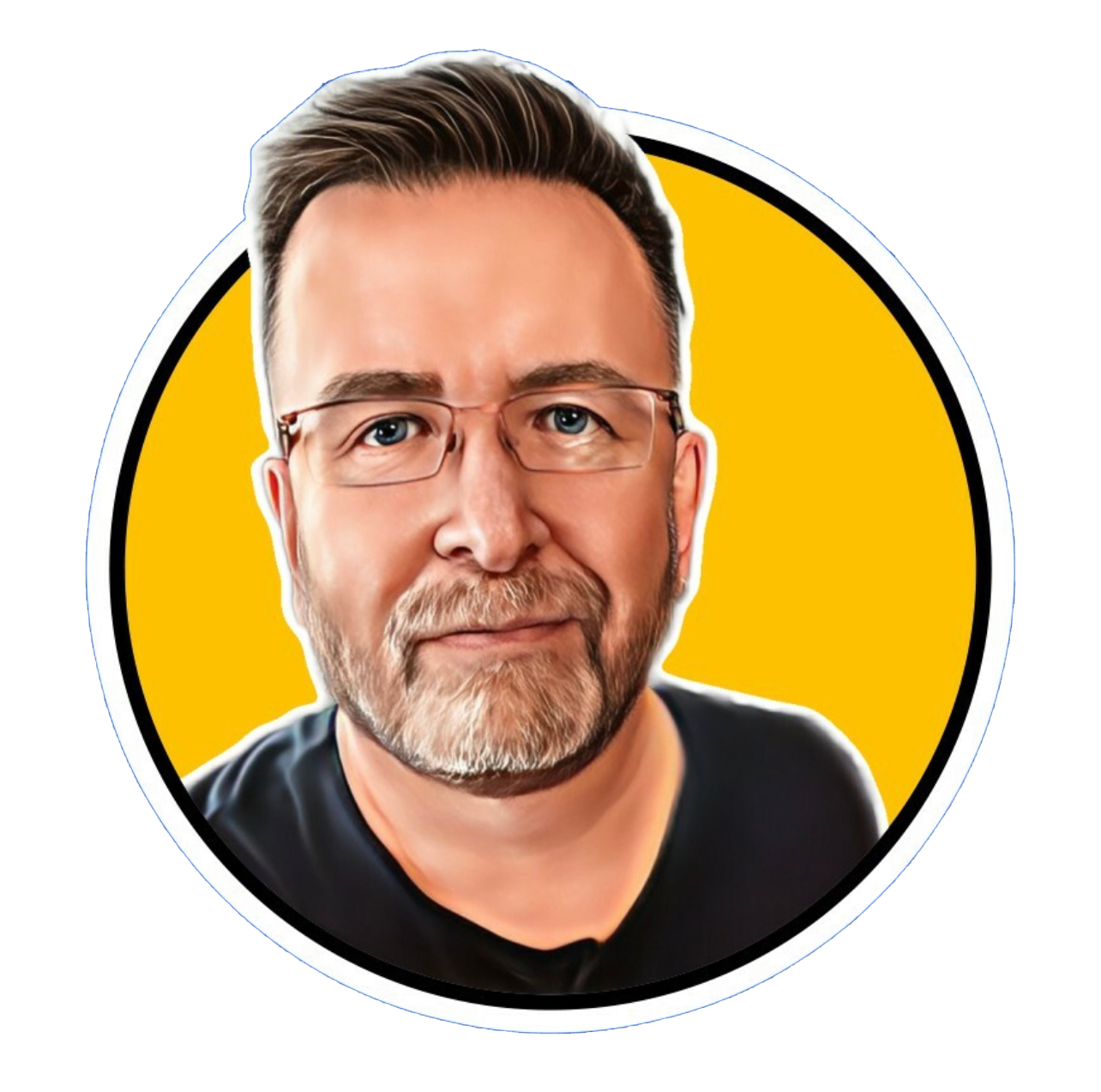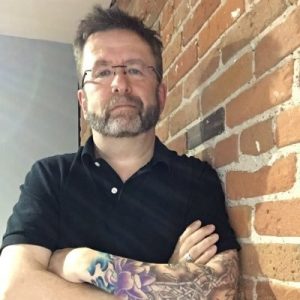Out, Black, and Proud, Ernestine Eckstein Fought For Us Before Stonewall
Author: JD Glass

Ernestine Delois Eppenger, who used the pen name Ernestine Eckstein, began her activism as a Black student attending the mostly white Indiana University. She was a member, and then an officer in her senior year, of the NAACP. At that point, Eckstein didn’t even consider herself a lesbian, mostly because she didn’t encounter another openly queer person at the time.
As she said in a history-making 1966 cover story for the The Ladder, one of the very first magazines/newsletters for our community, “It’s very hard to explain this, but I had never known about homosexuality, I’d never thought about It. It’s funny, because I’d always had a very strong attraction to women. But I’d never known anyone who was homosexual, not In grade school or high school or In college. Never heard the word mentioned. And I wasn’t a dumb kid, you know, but this was a kind of blank that had never been filled In by anything — reading, experience, anything — until after I came to New York when I was twenty-two, I look back and I wonder, I didn’t know there were other people who felt the same way I did.”
Eckstein was the first Black woman to grace the cover of The Ladder, which was produced by the influential lesbian rights group The Daughters of Bilitis. Her thoughtful interview was conducted when Eckstein was only 25 — but she had already made a name for herself as a Black female protester at the first “Annual Reminder,” a gay rights demonstration that preceded Stonewall by four years.
But it was in New York that her passion for queer rights first blossomed. It was there she reacquainted with a college friend and began to realize she was gay. As she told it, “he was a homosexual, but I didn’t know It then, he didn’t tell me. Anyway, we had a very good relationship going In college. We could do everything together, really communicate. Just the best of friends. And I liked it that way, and so did he. I never understood why— but I never questioned why, either. So when I came to New York, he was one of the first persons I looked up. And he said, ’ You know I’m gay.’ And I thought: well, you’re happy, so what? I didn’t know the term ‘gay.’ And he explained it to me. Then all of a sudden things began to click.”
That click was not just self-knowledge and exploration, it translated into the need to do something, for once she knew, “the next thing on the agenda was to find a way into the homosexual movement — because I assumed there was such a movement, or should be.”
An ad for the New York Mattachine Society caught her attention, and from there, she went on to become a part of history. Eckstein’s background in the civil rights movement for her Black brothers and sisters influenced her advocacy for the LGBTQ+ cause.
She was 24 years old when she joined the first Annual Reminder in 1965, a picket event that took place at Independence Hall in Philadelphia on the 4th of July and would continue annually for the next four years. Wearing chic white sunglasses, Eckstein carried a picket sign that read, “Denial of Equality of Opportunity is Immoral.” Eckstein would attend at least one more of the Reminders, which set the stage for the Stonewall Uprising and related protests against antigay police brutality that were occurring from Philadelphia to Los Angeles.
The Reminder was intended to inform the public that gay Americans did not have the same civil rights as their straight peers and to make the case that as humans, gays deserved those rights.
At that time, public protest was not on the list of LGBTQ+ must-do’s, in fact, as an anonymous person said in The Lavender Scare, “We were alarmed by them; wouldn’t touch them with a ten-foot pole.” Eckstein was not one of those people, and as a Black woman participating in gay rights protests in the 1960s, her bravery was paramount.
Later in life, Eckstein would join San Francisco’s Black Women Organized for Action.
She described her view of the embryonic gay rights movement by saying, “I think that if we meet on the common ground of our unjust position in society, then we can all go from there. This is a new frame of reference, a new way of thinking almost, for some.”
She died at the age of 51, and while she didn’t get to see marriage equality or federal LGBTQ+ legislation, she was able to witness the strides her community had made by the early 1990s; strides made thanks to her steps.
Original Article on The Advocate
Author: JD Glass



